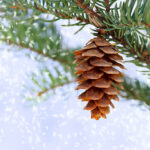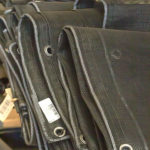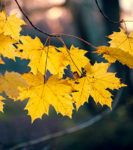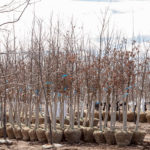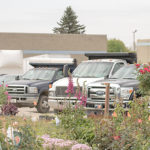It’s time to welcome you back to Christensen’s! We are happy to be back to normal operations, while still observing the safety protocols we introduced last season. Don't worry, the masks won't prevent you from recognizing your favorite salespeople and we can't wait to greet you in return. We have some new employees as well, and we look forward to even better turnaround times when you visit our Plant and Hardscape Centers.
We do have some improvements to share with you, number one being the redesign of our store, with a fresh layout and new products. You really need to stop by and see what we've done!

Several of our flatbed trailers got new decks put on them to better serve your delivery needs. Our fleet of equipment has been serviced and is ready to roll for you! But there is one thing that we could not prep for...
Trucking in the country right now is going crazy, and so are the freight rates. Beyond the trucking regulations in place on drivers for hours of service, the lack of available labor is also affecting the trucking industry. There are currently trucks sitting without drivers for them. Lots of empty trucks. The next issue that came up this late winter/early spring was the situation in Texas. When the winter snowstorm hit Texas, FEMA stepped in and sent aid to Texas. Unfortunately, there is now a backlog of material those trucks would have hauled in other industries coupled with trucks that are still stuck in Texas either due to weather or inability to get unloaded. At least our product was not grounded in the Suez canal.

Due to these issues, freight rates have spiked by up to 30% over what they were at the end of 2020. Or another way to put this into perspective, freight is up almost 50% over spring of 2020. Rest assured, Christensen’s has your back. We have worked tirelessly to make sure to keep our prices competitive, and that we will have supply in our yard to make sure that you have a successful year.

From the trees to the brick to the sod, Christensen’s Plant and Hardscape Center has what you need to complete your landscape projects. So here is to another successful year!!
Oh, did I forget to mention? It is our 90th Anniversary year!!!! We are looking forward to taking care of you for another 90 years.


